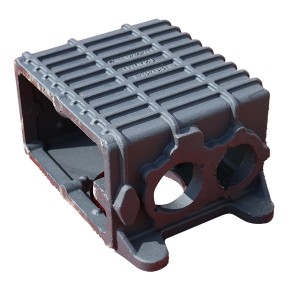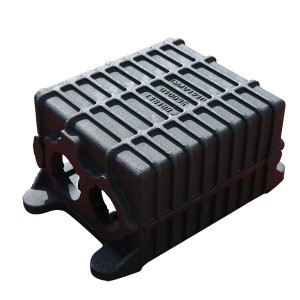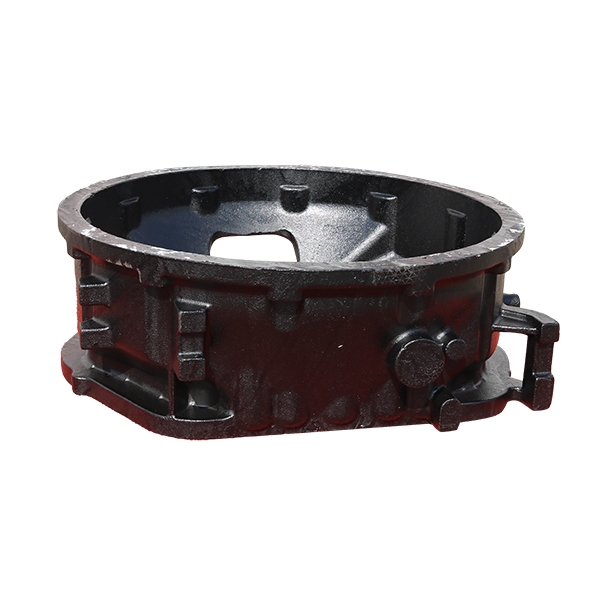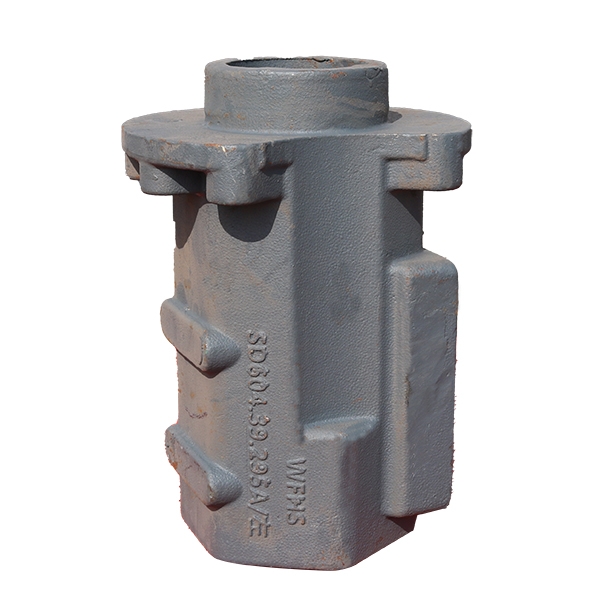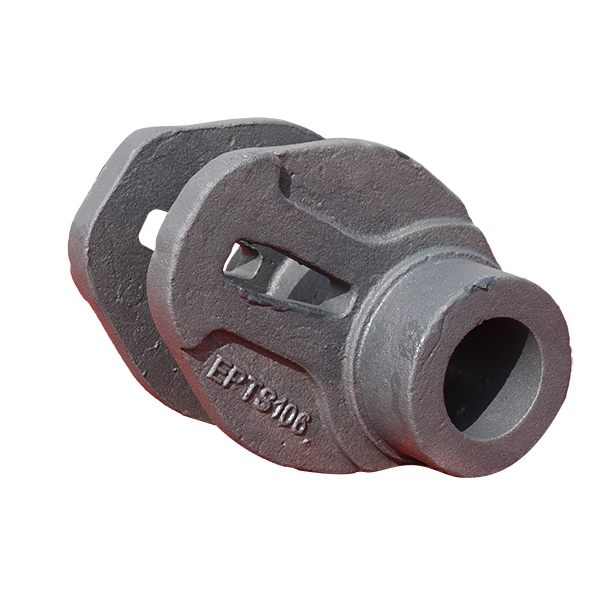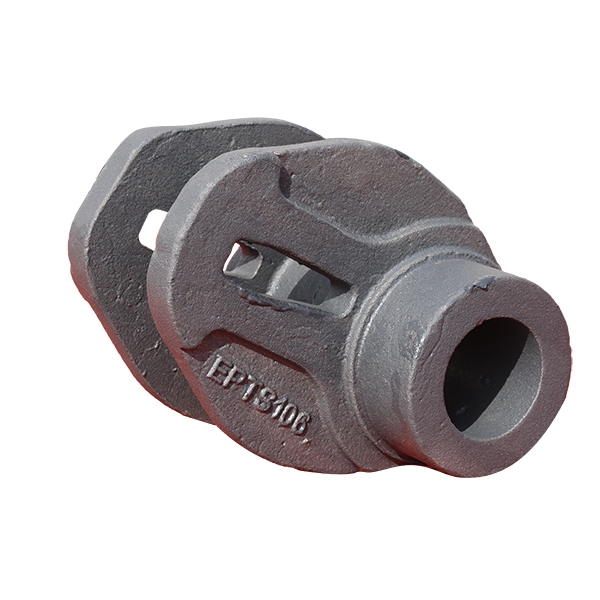Products
GMV1210010035 Transmission Case Hood
Product Feature
Lost foam casting (also known as real mold casting) is made of foam plastic (EPS, STMMA or EPMMA) polymer material into a real mold with exactly the same structure and size as the parts to be produced and cast, and is dip-coated with refractory coating (strengthened) , smooth and breathable) and dried, it is buried in dry quartz sand and subjected to three-dimensional vibration modeling. The molten metal is poured into the molding sand box under negative pressure, so that the polymer material model is heated and vaporized, and then extracted. A new casting method that uses liquid metal to replace the one-time mold casting process formed after cooling and solidification to produce castings. Lost foam casting has the following characteristics: 1. Castings are of good quality and low cost; 2. Materials are not limited and suitable for all sizes; 3. High precision, smooth surface, less cleaning, and less machining; 4. Internal defects are greatly reduced and the structure of the casting is improved. Dense; 5. It can realize large-scale and mass production; 6. It is suitable for mass production casting of the same castings; 7. It is suitable for manual operation and automated assembly line production and operation control; 8. The production status of the production line meets the requirements of environmental protection technical parameters. ; 9. It can greatly improve the working environment and production conditions of the casting production line, reduce labor intensity, and reduce energy consumption.
Product Description
Lost foam casting (as of 2018) is to bond and combine foam plastic models similar in size and shape to the castings into model clusters. After brushing with refractory coating and drying, they are buried in dry quartz sand and vibrated to shape. Under certain conditions A method of pouring liquid metal, causing the model to vaporize and occupy the position of the model, and then solidify and cool to form the desired casting. The key process factors of the lost foam casting method are the production of foam plastic molds and the application of refractory coatings; the vibration and tightening of the sand after the foam plastic molds are embedded in the sand box; and the maintenance of vacuum in the sand box during the pouring process. .
Lost foam casting is hailed by the foundry industry as "a new casting technology in the 21st century" and "a green project in casting". Lost foam casting was first successfully tested by H.F. Shroyer in 1956. Professor A. Witmoser cooperated with Hartman Company and began to apply it industrially in 1962. In the early days of application, lost foam casting was mainly used in the production of single large-scale castings. From the 1960s to the 1970s, the magnetic mold casting method was developed. Since the 1980s, the first process characterized by vacuum negative pressure and dry sand molding has been established. 3rd generation lost foam casting.
Lost foam casting is a comprehensive multi-disciplinary application system that integrates plastics, chemicals, machinery and casting. It combines lost foam casting with other new casting processes to create new composite process methods to improve the quality of lost foam castings. and production efficiency further improved.

Want to discuss what we can do for you?
Explore where our solutions can take you.


